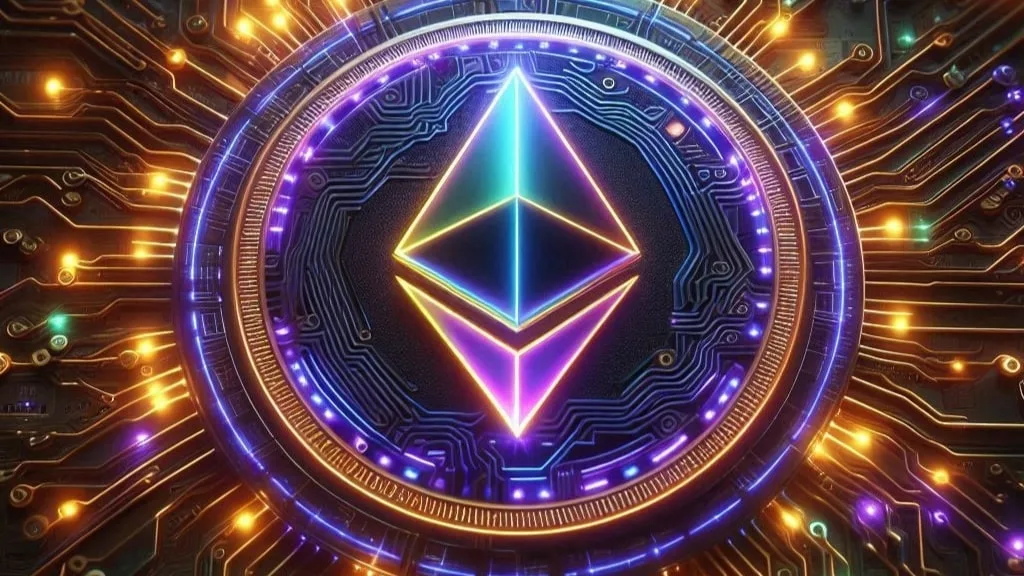
Ethereum, one of the most widely used blockchain platforms, has been under increasing scrutiny due to its scalability challenges, especially with the growing reliance on Layer-2 solutions like Arbitrum and Optimism. As the demand for blockchain networks continues to rise, questions have emerged regarding Ethereum’s ability to handle this surge in activity effectively. Recently, Ethereum co-founder Vitalik Buterin addressed these concerns directly, particularly following strong criticisms from Cardano’s founder, Charles Hoskinson.
Hoskinson, known for his outspoken views on blockchain technologies, recently claimed that Ethereum’s days were numbered, predicting that the platform would not survive for more than ten or fifteen years. He argued that Ethereum’s reliance on Layer-2 solutions would drain its value and lead users to migrate elsewhere, potentially being overshadowed by Bitcoin. His comments raised alarms about Ethereum’s future, fueling responses from various figures in the crypto community.
Vitalik Buterin’s Layer-Zero Update
In response to Hoskinson’s harsh critique, Buterin unveiled a groundbreaking proposal aimed at addressing Ethereum’s scalability problems: the Layer-Zero update. This proposal suggests transitioning Ethereum from its current Ethereum Virtual Machine (EVM) to a more advanced zkVM system, which would be based on the efficient RISC-V standards.
The Layer-Zero upgrade promises significant enhancements to Ethereum’s performance. Notably, it could reduce the number of computational cycles required by up to 832 times compared to the current EVM system. This dramatic reduction would result in a 95.7% decrease in proving cycles, leading to faster and more efficient transactions. Buterin also emphasized that throughput could increase by up to 30 times through GPU acceleration, offering a substantial improvement in Ethereum’s efficiency.
Furthermore, proof compression—currently at a hefty 346MB—could be reduced to just 1.5MB, creating a much more lightweight and streamlined system. This would not only reduce transaction costs but also address the issues of network congestion that have plagued Ethereum in recent years.
The Potential Impact of the Layer-Zero Upgrade
The Layer-Zero update, if implemented, could reshape the entire structure of Ethereum and redefine how blockchain networks handle scalability. One of the key benefits of this proposal is that it could reduce Ethereum’s reliance on Layer-2 solutions, which have been the focus of much of the platform’s scalability strategy. Layer-2s, while helpful, are often seen as temporary solutions that add complexity and additional costs to the Ethereum ecosystem. Buterin’s Layer-Zero upgrade proposes a more fundamental improvement to the Ethereum base layer itself.
By shifting to the zkVM system, Ethereum could see a drastic reduction in transaction fees, which would make the network more accessible and competitive, especially in comparison to newer blockchain technologies. If successful, the upgrade could also position Ethereum to handle increasing demand without compromising its decentralized nature or security.
While the Layer-Zero proposal is still in the early stages and has yet to be fully implemented, it represents a significant shift in Ethereum’s roadmap. This upgrade addresses the very concerns raised by critics like Hoskinson and aims to make Ethereum more sustainable in the long term. By improving the base layer of Ethereum itself, Buterin is taking proactive steps to ensure the platform’s growth and adaptability in a rapidly evolving blockchain ecosystem.
Addressing Scalability and Long-Term Growth
Buterin’s response to Hoskinson’s criticism reflects a deep understanding of Ethereum’s challenges and a clear vision for its future. While Layer-2 solutions have played a crucial role in scaling the network in recent years, they are not the ultimate solution. The Layer-Zero update shows that Ethereum is not just relying on temporary fixes but is working towards a more permanent, scalable solution that could ensure the platform’s long-term viability.
In conclusion, Vitalik Buterin’s Layer-Zero update offers a potential game-changing improvement for Ethereum’s scalability and performance. By shifting to the zkVM system and improving the base layer, Ethereum could become more efficient, reduce transaction fees, and maintain its competitiveness in the blockchain space. This proposal provides a clear path forward for Ethereum’s growth and addresses the concerns raised by critics like Charles Hoskinson. As the crypto space continues to evolve, Ethereum’s ability to adapt to these challenges will be key to maintaining its leadership in the industry.



Get the latest Crypto & Blockchain News in your inbox.